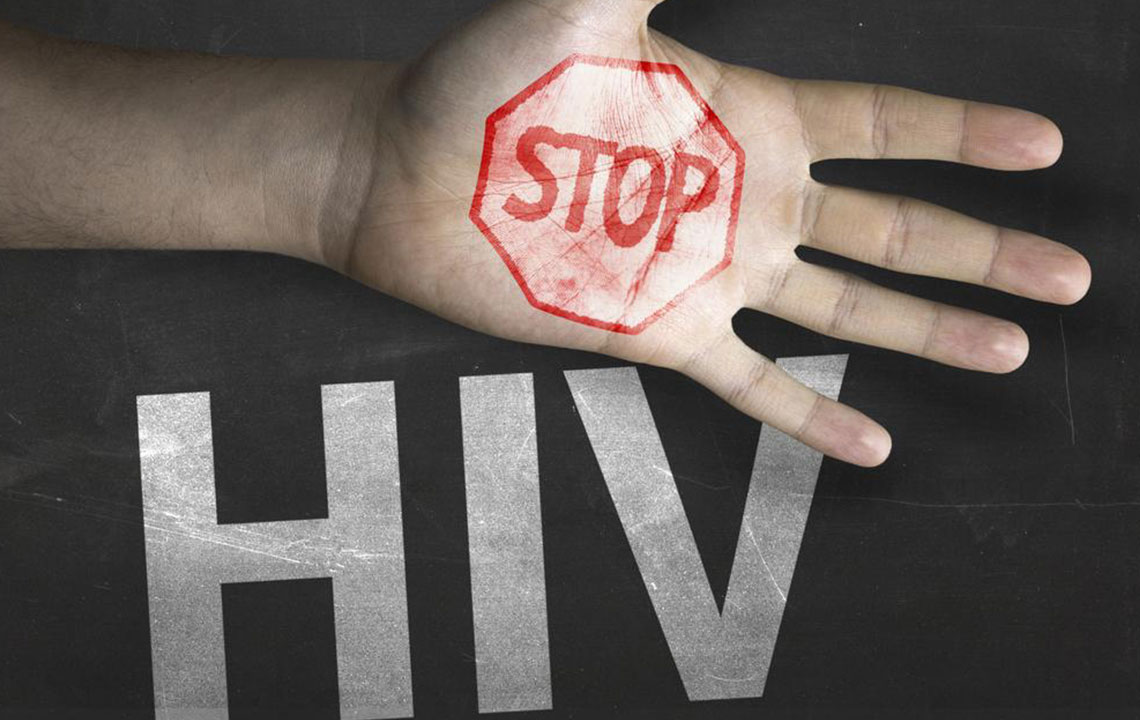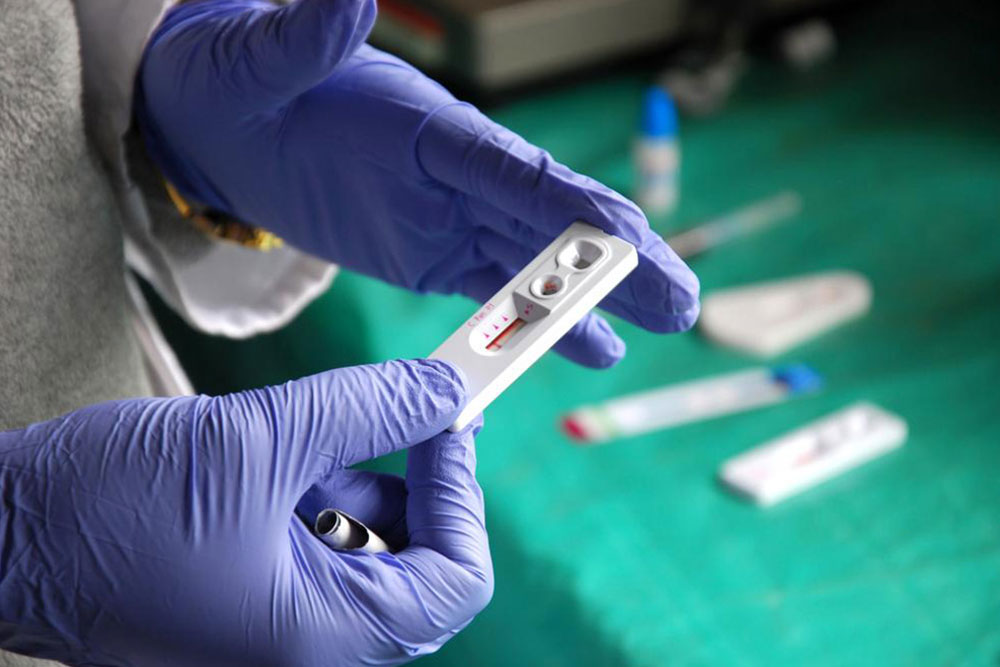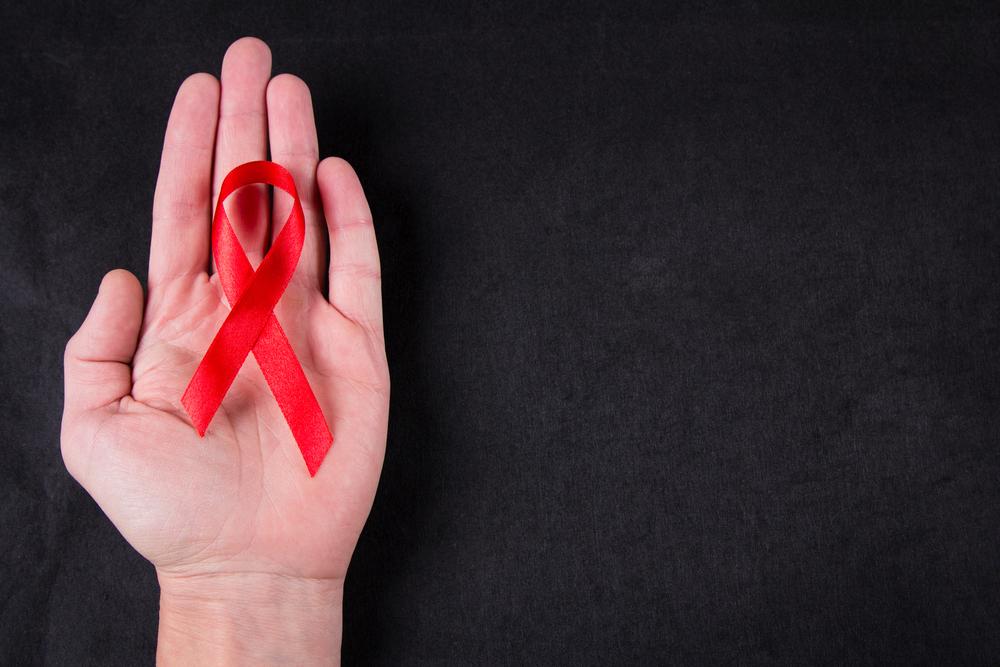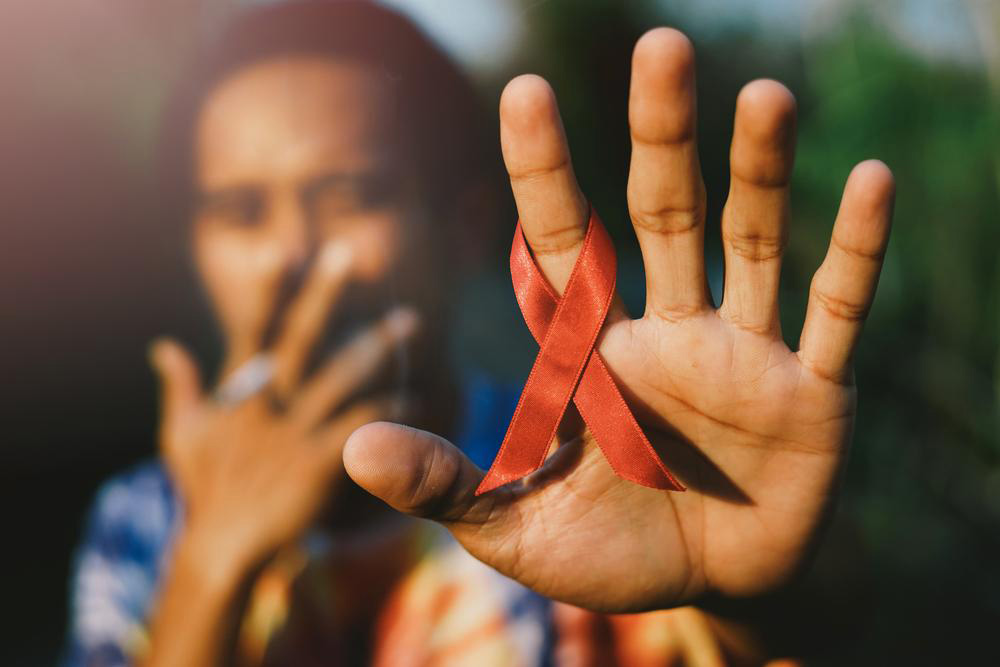Comprehensive Strategies to Prevent HIV and AIDS Transmission
This comprehensive article explores effective strategies for preventing the spread of HIV and AIDS. It emphasizes the importance of regular testing, safe sex practices, avoiding contact with infected blood, and using sterile needles. The article also discusses early treatment options for those infected and highlights the critical role of healthcare professionals in managing and preventing HIV transmission. By following these proactive measures, individuals can significantly reduce their risk of infection and contribute to the global effort to combat HIV/AIDS.

Comprehensive Strategies to Prevent HIV and AIDS Transmission
HIV (Human Immunodeficiency Virus) remains a significant global health challenge, and despite considerable advances in medical science, an effective vaccine or a definitive cure for AIDS (Acquired Immunodeficiency Syndrome) has yet to be developed. However, individuals and communities can adopt a series of proactive measures to significantly reduce the risk of infection, manage existing cases effectively, and curb the spread of this virus. Early detection through testing, combined with consistent preventive practices, forms the cornerstone of controlling HIV/AIDS. Consulting healthcare professionals regularly ensures that individuals stay informed about the latest prevention methods and treatment options, leading to better health outcomes.
Regular HIV Testing is Essential: Individuals aged 13 to 64 are encouraged to undergo HIV testing at least once as part of routine health check-ups. Early diagnosis not only benefits the individual but also plays a vital role in preventing transmission to others. Couples or partners should consider getting tested together, fostering open communication and support systems to reinforce prevention efforts.
In cases where an individual tests positive for HIV, prompt initiation of antiretroviral therapy (ART) can effectively control the virus, prevent progression to AIDS, and greatly reduce the risk of transmission. Several key preventive measures are crucial in this effort:
Avoid Contact with Infected Blood: Since HIV transmission predominantly occurs through contact with contaminated blood, it is essential to exercise caution during activities involving blood exposure. This includes ensuring safe practices during blood transfusions, medical procedures, and when dealing with open wounds or cuts. Immediate medical attention should be sought if exposure occurs.
Use Sterile Needles: Sharing or reusing needles significantly increases the risk of HIV transmission. Safe injection practices, including using new, sterile needles for each use and proper disposal of sharps, are critical components of prevention, especially among intravenous drug users.
Practicing safe sex remains one of the most effective ways to prevent HIV transmission. Consistent condom use reduces the risk, and limiting the number of sexual partners further decreases exposure possibilities. Even with protected sex, maintaining vigilance and adhering to preventive strategies continues to be paramount in reducing infection rates. Staying informed about HIV status through testing, wearing protection, and fostering open communication with partners are all instrumental in prevention efforts.
Healthcare providers recommend that individuals who have been exposed to HIV or suspect exposure seek immediate medical consultation. Post-exposure prophylaxis (PEP), a treatment administered within 72 hours after potential exposure, can significantly reduce the risk of seroconversion. For those living with HIV, adhering to prescribed treatment regimens not only maintains health but also minimizes the chance of unknowingly transmitting the virus to others. Overall, collective prevention and timely treatment interventions are essential in the global fight against HIV/AIDS. Education, accessible testing, and community involvement remain vital components in the ongoing effort to control and eventually eliminate HIV transmission worldwide.





